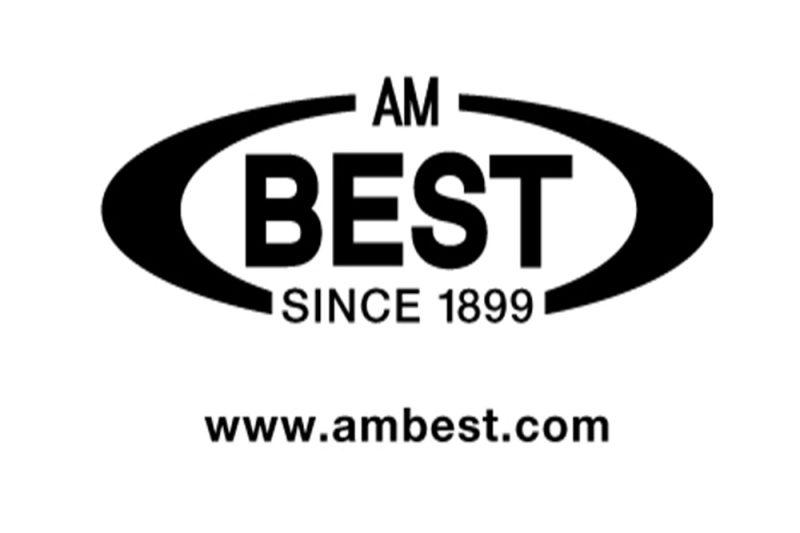AM Best expects the recent extreme weather that caused severe flash flooding in the United Arab Emirates (UAE) to prompt swathes of claims for motor, property and business interruption insurers in the region.
However, a new Best’s Commentary, “UAE Insurers Adapt to Changing Weather Trends as Latest Flooding Costs Mount,” suggests low insurance penetration, coupled with extensive reinsurance cover, should keep the cost borne by the country’s primary insurers at a manageable level.

The UAE was badly hit by flooding after it experienced the heaviest rainfall in more than 75 years and a year’s worth of rainfall within a few hours, leading to power cuts, the closure of schools and businesses and cancellations and delays at Dubai International Airport.
Motor is the segment most vulnerable to natural catastrophe events for the UAE’s primary insurers as these risks are largely retained by the market. This latest incidence of flooding, coming hot on the heels of deluges in March 2024, is likely to cause significant deterioration in the performance of motor portfolios: flooded roads and car parks can quickly result in a large number of losses.
The motor policy standard imposed by the UAE’s Ministry of Economy does not cover natural disasters, leaving insurers the choice of whether to offer this coverage. Comprehensive motor policies in the UAE typically include flood cover; however, these represent a minority of premiums with most customers opting for cheaper third-party liability policies. Previous flooding events on a similar scale have resulted in spikes in the number of road traffic accidents.
Changing weather trends have already influenced the behaviour of insurers across the wider Gulf Co-operation Council (GCC) region. In 2023 and the start of 2024, the market observed an increase in hailstorms and heavy rainfalls that notably caused flash floods, such as those experienced in November 2023 and March 2024.
Some insurers are starting to take action to reduce potential losses through loss mitigation tactics; for example, sending notifications to consumers during periods of heavy rain or encouraging the construction of canopies to reduce potential motor losses from hail.























